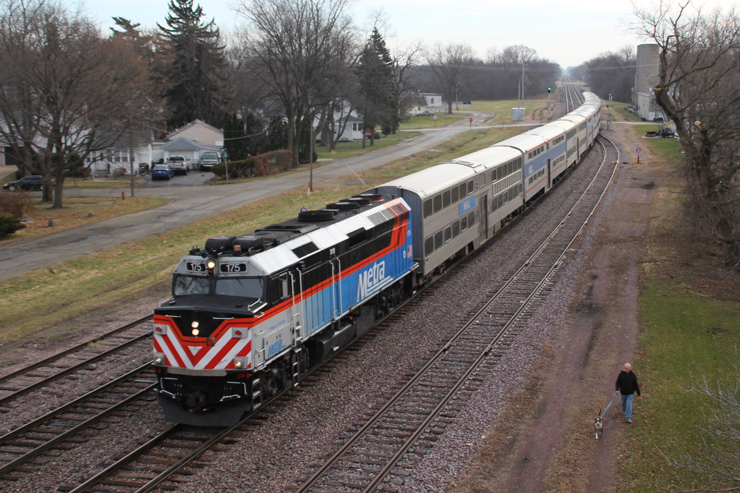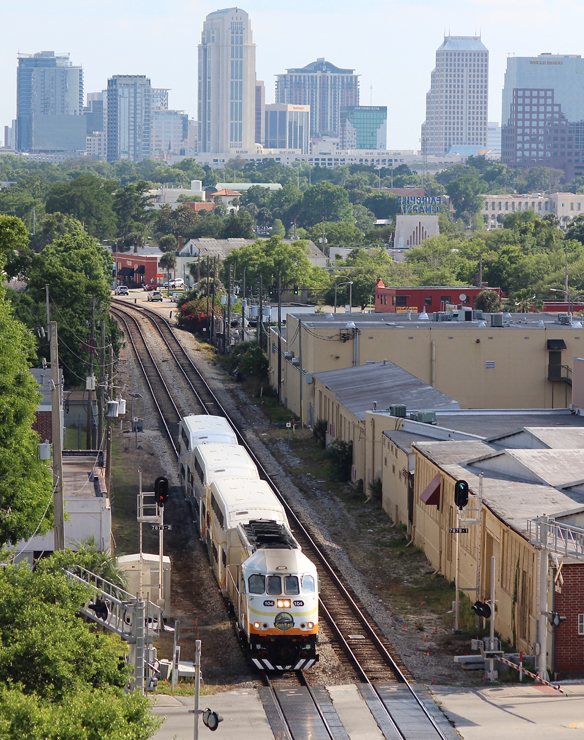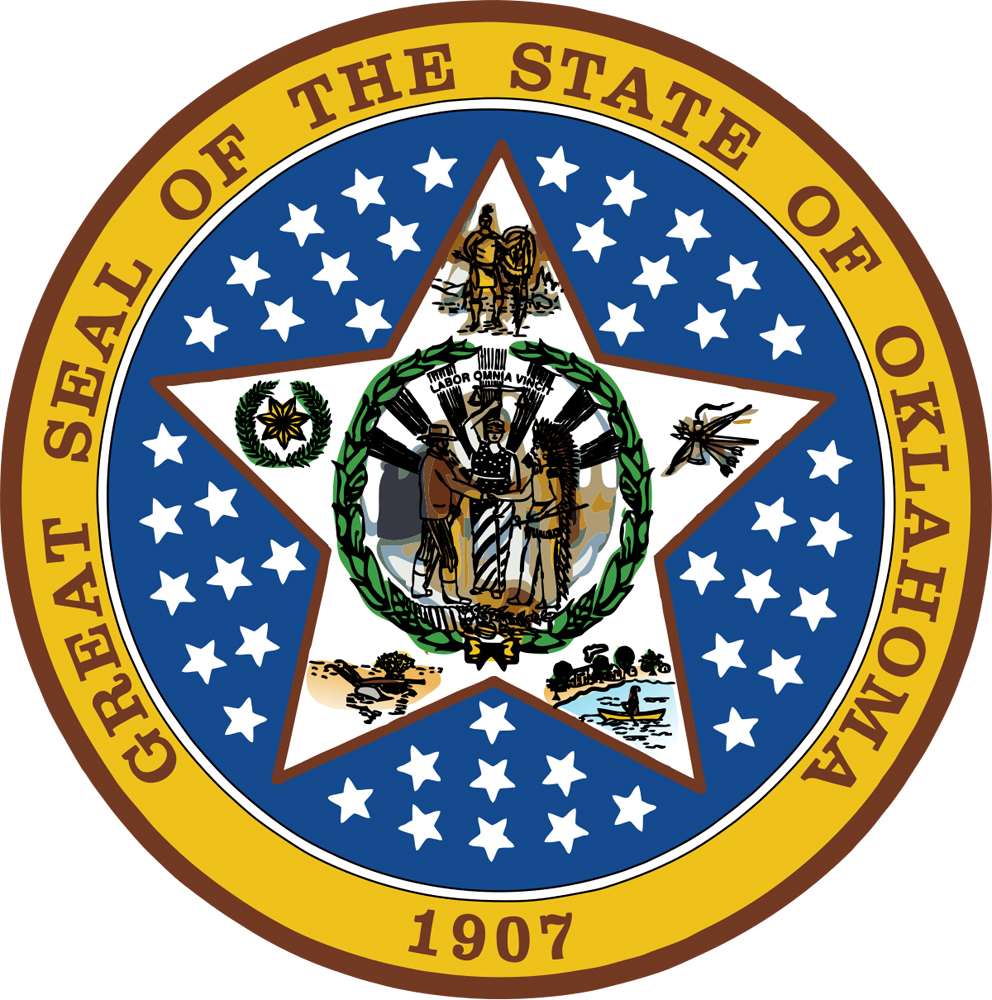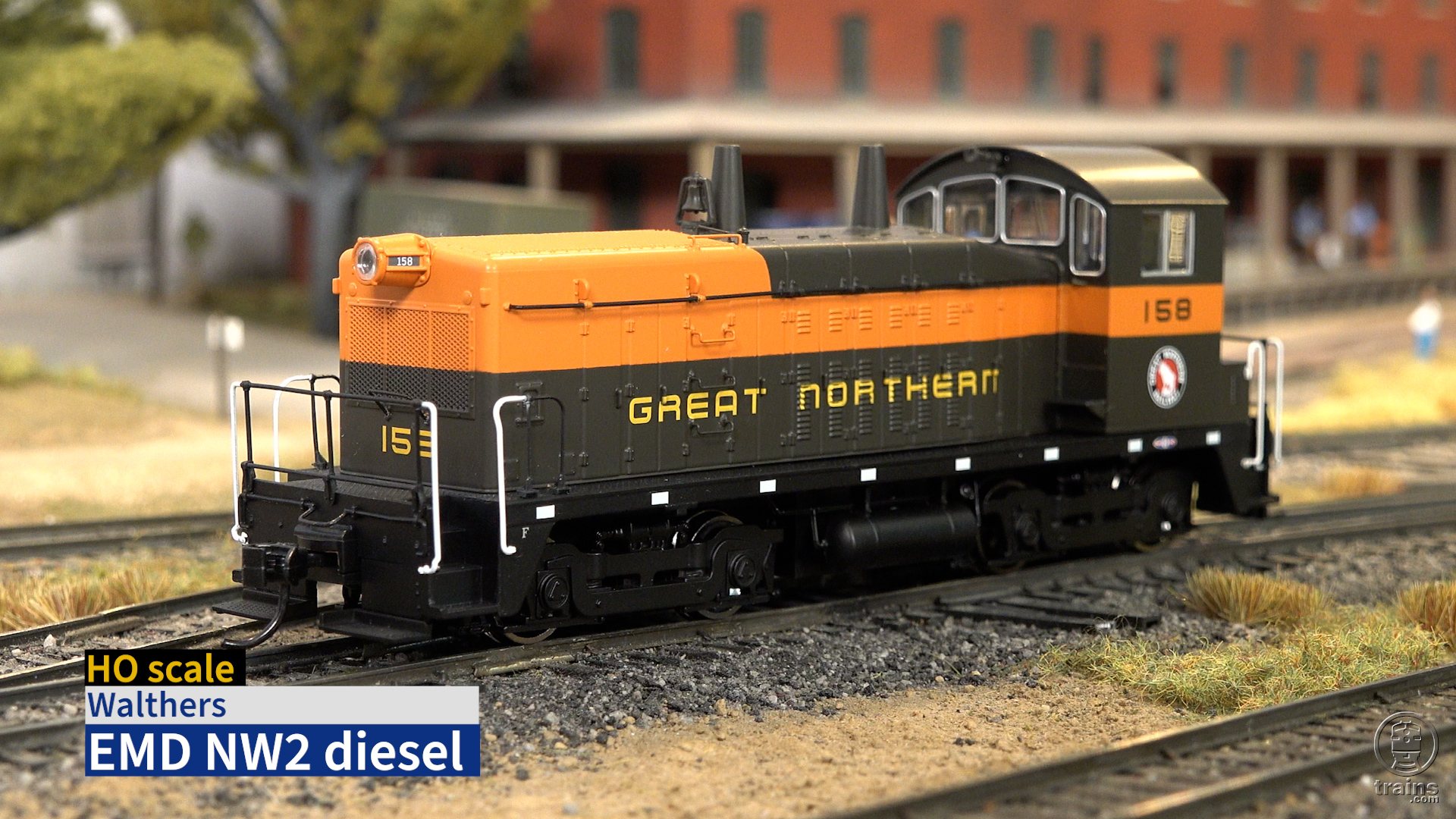CHICAGO — Union Pacific Railroad and Metra are in discussions that could give Metra some control of operations on the three UP lines that serve commuters, according to the commuter railroad.
Metra CEO/Executive Director Jim Derwinski said in a recent memo to employees that the discussions are part of ongoing negotiations with UP over a new purchase-of-service contract. The current contract expires Dec. 31.
“With this expiration, Union Pacific and Metra are exploring a change to future operations,” according to the memo, a copy of which was seen by Trains News Wire. “Concepts discussed include the potential transfer of mechanical, TE&Y [train, engine and yardman positions], clerk, ticket agent operations, and, possibly, some engineering work (i.e. station maintenance) to Metra.”
The memo added that “labor leaders will be engaged at the appropriate time” and that Metra would provide information to employees “when there is clear direction about potential changes.”
Derwinski acknowledges in the memo that there has been “talk going around of Metra taking over Union Pacific’s commuter operations.”
A Metra spokeswoman said the memo was necessary to “keep the rumor mill grounded in what was happening,” but that no other information was available due to the ongoing negotiations.
The memo said a “key goal of any changes made will focus on maintaining current service levels all of our passengers rely on and expect.”
Under the purchase-of-service agreement, UP owns and operates three of Metra’s 11 lines, the Union Pacific North to Waukegan, Ill, and Kenosha, Wis.; Union Pacific Northwest to Harvard and McHenry, Ill.; and Union Pacific West, to Elburn, Ill. The three lines, inherited when the Chicago & North Western became part of UP in 1995, provide 194 weekday trains and 103,000 daily passenger trips.
According to Metra, the UP uses its own employees and owns or control the rights-of-way and most other facilities required for operations. Metra owns the rolling stock and in conjunction with local municipalities is responsible for most stations. Metra retains overall authority over fares, service and staffing levels.
The UP lines produce about $130 million in revenue annually, or about 32% of Metra’s $407 million annual revenue. Operating expenses for the UP lines total nearly $230 million, according to Metra’s 2020 budget.















UP is not closing Proviso. It closed the hump yard, but is planning to expand the Global 2 intermodal yard there. Meanwhile, the Geneva Subdivision was recently upgraded with new crossovers in Lombard and Wheaton. All three tracks are bidirectional. During mid-day, trains often run both ways on any track. Even if Proviso closed, freight would still have to use the line to reach NS, CSX, etc.
Wow! I know the UP shut down the old hump yard at Proviso, but I didn’t realize it’s considering closing the entire yard.
“Stations, signaling, switching, even cab controls have unique methods that impact operations that aren’t all interchangeable with other Metra host railroads.” Fellas, please….before commenting, try to have at least the slightest clue about the subject matter at hand. The UP purchased the C&NW almost 25 years ago amid the cries “What about the left-handed operations?” What about it?? Nothing! Moving the stations from the inbound to the outbound track would’ve been prohibitively expensive, so it wasn’t even considered. Aside from that, there are no “signaling, switching, even cab controls” that have “unique methods that impact operations that aren’t all interchangeable with other Metra host railroads.” The only stumbling block was the different cab signals which is now a thing of the past with the arrival of PTC. In short, the elimination of the purchase of service agreement between Metra & the UP simply eliminates the UP as the middleman, essentially. As far as the public is concerned, the Metra operation will continue to run on the former CNW/UP lines unchanged.
Don’t forget that the UP Metra lines, being former C&NW routes are “left-handed” routes.
Stations, signaling, switching, even cab controls have unique methods that impact operations that aren’t all interchangeable with the other Metra host railroads.
Unlike the Burlington “Racetrack”, C&NW spent most of the 1960’s removing switches to cut down on maintenance costs. This doesn’t allow many mixed express and local trains on the same tracks.
If UP follows through and closes Proviso, freight management and interference could change dramatically as UP won’t have to route so many daytime trains down the center track.
Let’s see how this goes, but it could provide the template so desperately needed by the states with major services paying through the throat for PRIIA.
Critical for states like California would be for the feds to provide similar insurance coverage as Amtrak enjoys, as well as the minimal right for track access. However, to the credit of California’s Capitol Corridor JPA and LOSSAN JPA (San Joaquin JPA?), they have already recognized the need to already economically incentivize the Class 1s to achieve favorable dispatching; a cooperative approach towards revamping infrastructure in favor of passenger without interrupting freight.
A turn to a real POS would enable states to seek competitive bids from (vetted!) private operators-and Amtrak-for T&E crews, cafe service (attendant; food products); to work directly with the Class 1s to increase schedules and speeds, as well as to expand regional services, without Amtrak as the middle man. States would be freed from also paying Amtrak’s take it or leave it exorbitant pricing for equipment.
Frankly, if it was not for Amtrak’s mugging the state-supported corridors for approximately $248 Million this past fiscal year, Amtrak’s deficit would have been over $1 Billion.
A chance to dump a significant number of employees….a key tenet of Precision Scheduled Railroading
So, even though Union Pacific is not incurring any losses in providing this commuter service (the taxpayers are underwriting those losses), they STILL don’t want to be in the commuter business?